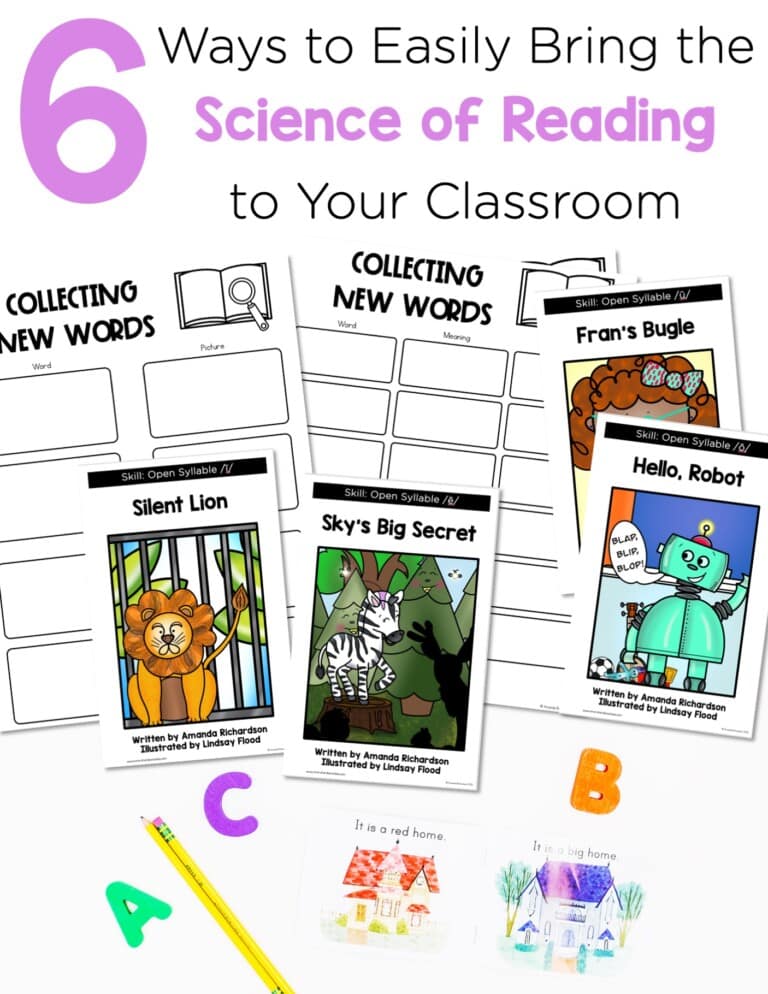

I sat at my guided reading table with a student who couldn’t comprehend the text he just read. He had a high correct words per minute score and a high accuracy percentage – what was I missing? Focusing on fluency in guided reading.
He read too fast to even understand what happened in the book. He had no idea that the main character lost her dog and that’s why she was sad. I knew I had to go back and explicitly work on fluency with my young readers to build that strong reading foundation.
Did you know that fluency plays a big role in reading comprehension? Students who read with a choppy voice, don’t pay attention to punctuation, or read too fast will have a harder time comprehending the text. Fountas and Pinnell say in Guided Reading,
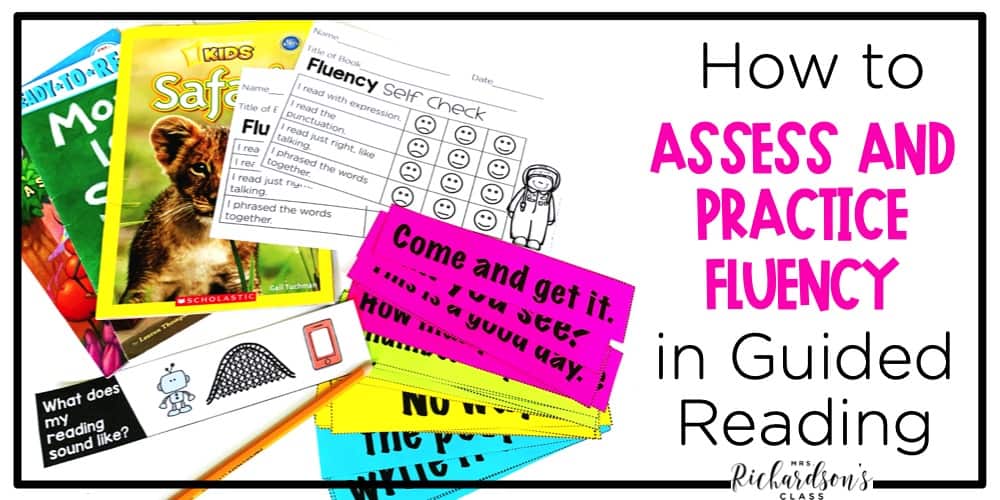
We must focus on practicing and assessing fluency to help our young readers move forward successfully.
Fluency has three basic elements: automaticity, accuracy, and prosody.
These are big words to basically say that fluent readers sound like their talking voices. They sound like they are talking, don’t have long pauses, and can change the expression in their voices.
Both formal and informal assessments can serve you well to understand where a student has strengths and weaknesses in his or her fluency skills.
This simple question helped my students self-reflect on their words. Once I taught them these simple three examples, they could identify how they sounded and what they needed to improve on.
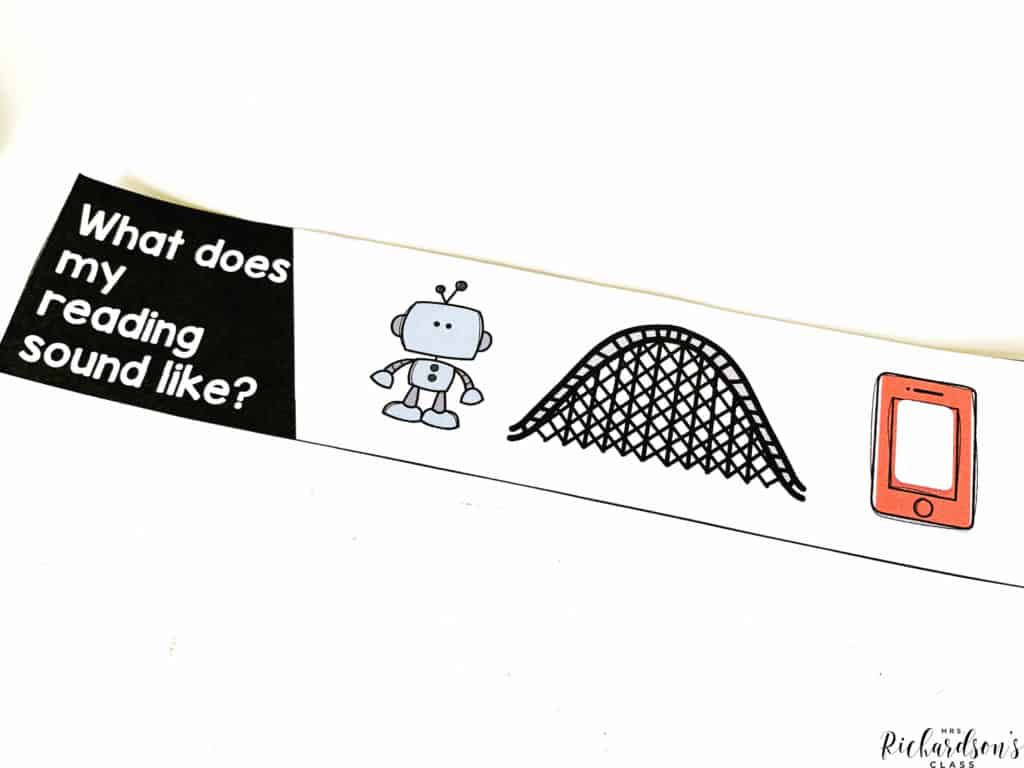
After listening to students read at the table, ask “What do you sound like?” and show them pictures of the three choices.
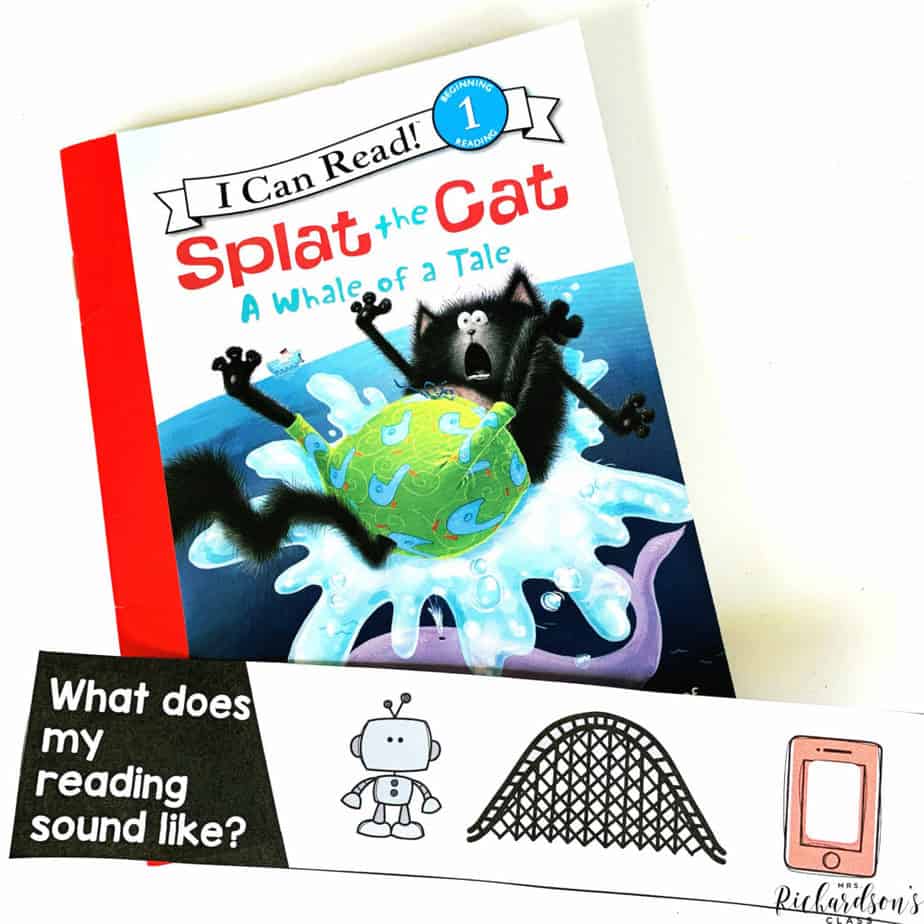
Let them tell you. Even young readers can self-reflect! Then discuss why they made the choice that they did and how to improve.
Students can also use a simple rubric to grade themselves on their fluency. You can get a FREE RUBRIC to use from my store. Students can check off which areas they did well in and which needs improvement. There are two different options to pick from.
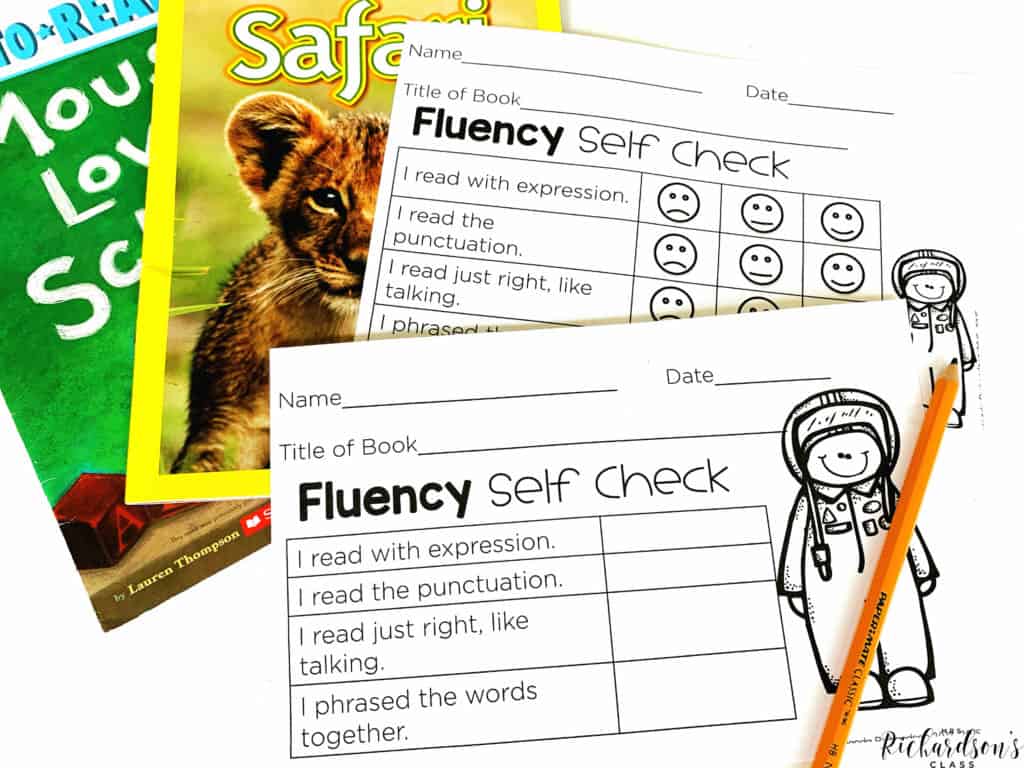
Running records show how a student reads a text. I always make sure to completely fill out the record and jot down some anecdotal notes on each student.
Accuracy plays a role in determining fluency. If a student has too many errors, they are not reading with fluency. In levels A-J, we want accuracy to be 90% or higher. For levels K-N, it should be 95% or higher.
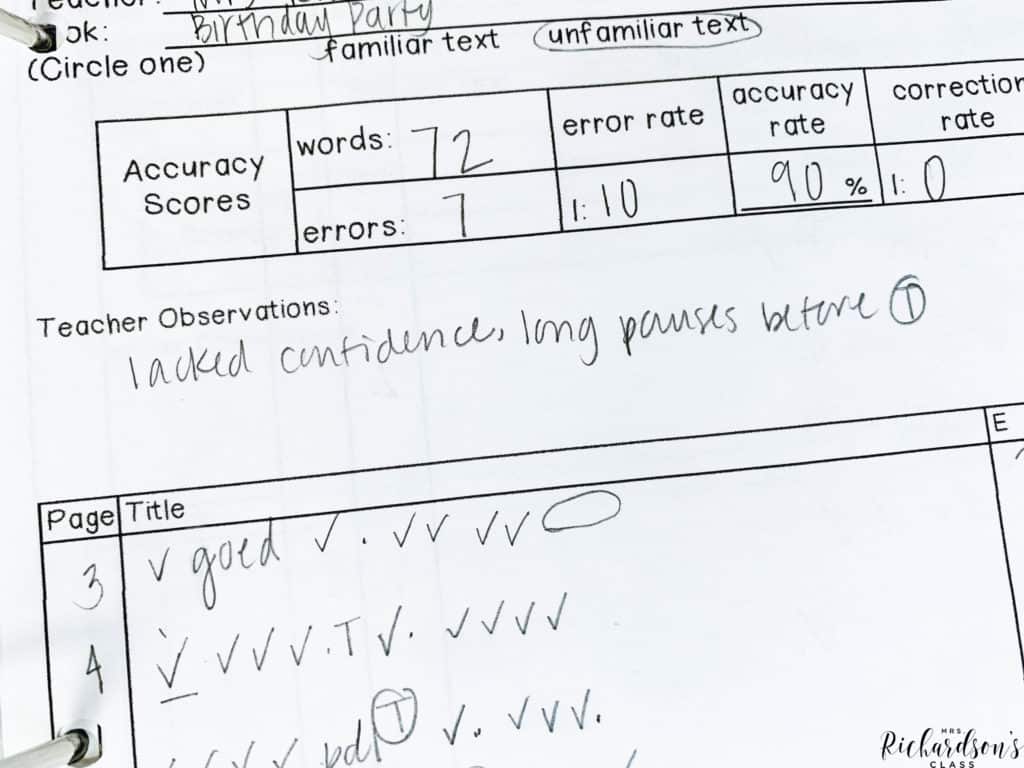
Use the note space to write how the student sounded when they read: robot, roller coaster, or talking on the phone. You can also write if they read word-by-word, in short phrases, in whole sentences, etc. While this may be an informal assessment, it’s helpfulness can exceed many formal assessments. Check out my favorite tips for running records HERE.
*Guided Reading has a great rubric for fluency evaluation. Grab the book and check it out. It goes into detail about what fluency looks like in terms of phrasing, evidence of syntax and punctuation awareness, and rereading for problem-solving.
Fluency phrases are short phrases or sentences of high frequency words. Many teachers use words from Fry’s First 100 list and create phrases for students to practice. You can make this as fancy or as simple as you want.
On the simple side, one way to implement this is to write several phrases on notecards. Before reading the text at the table, have students take turns reading a phrase as a warm-up. You could also give each student a set of notecards to read independently.
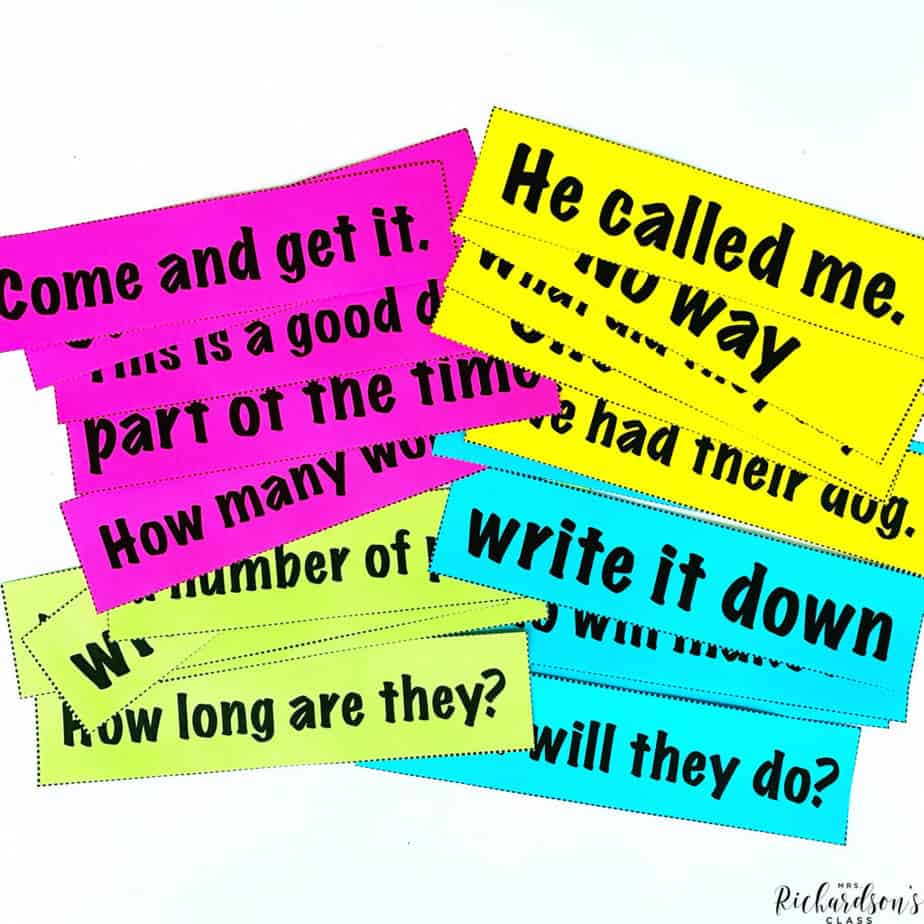
Fluency pyramids are similar to fluency phrases and can be done as a warm-up in guided reading. Take a short sentence with high-frequency words and write one word of the sentence on the first line. Then two words on the second line, etc. Finally, students will read the pyramid. Like fluency phrases, you can make something very creative, type them up, or write them on notecards.
For example,
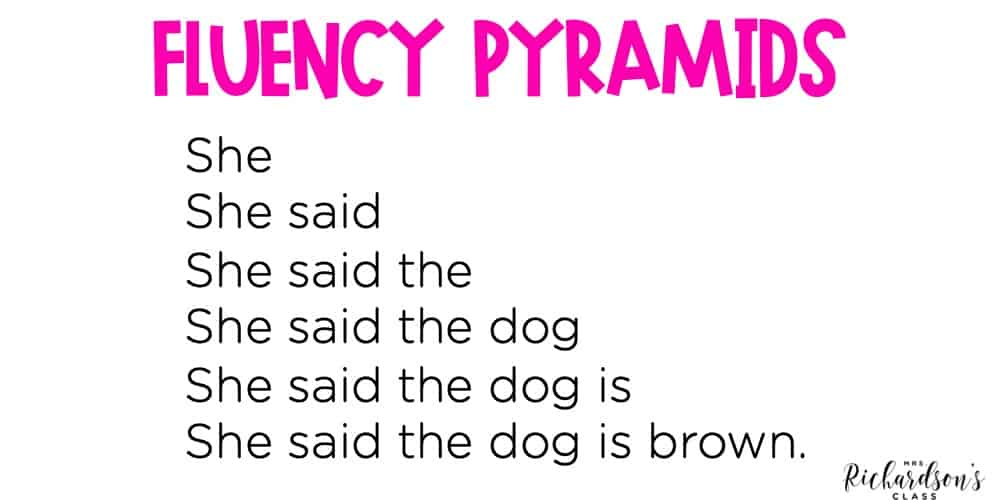
During the brief book introduction, be sure to point out any words that are unexpected. For example, if the picture is of a girl, but the word is her name “Esther”, you need to have students practice that word. Tell it to them, have them point to it, and have the students find it elsewhere in the book if it appears more than once.
Because students have already processed the entire text, decoding and comprehending the meaning, rereading a text allows them to focus on fluency. On a second or third read, they should be able to recognize the new vocabulary and read in phrases. You can have students reread the previous text during the warm-up time in guided reading.
If you want to track fluency in your classroom with a display, check out Fluency Races. It motivates students to progress in their reading fluency by challenging them to get to the next level. This unit has:
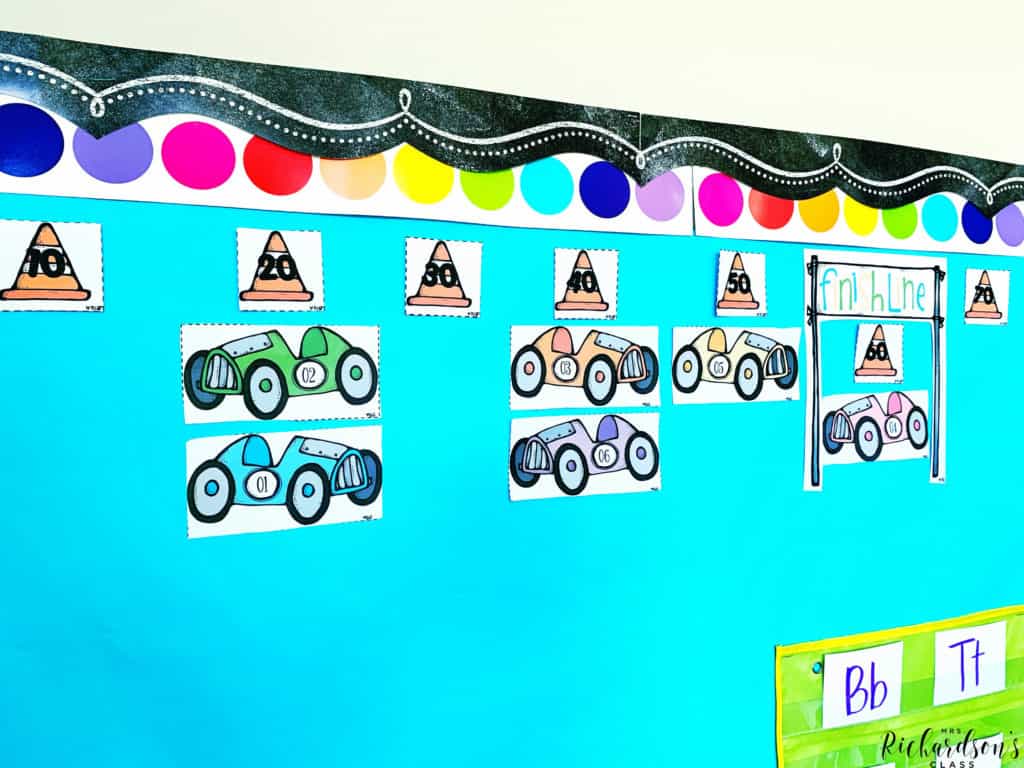
I personally used this system in my classroom and had excellent results. My students loved the incentive, and I loved watching their reading fluency improve throughout the year in a visible way.
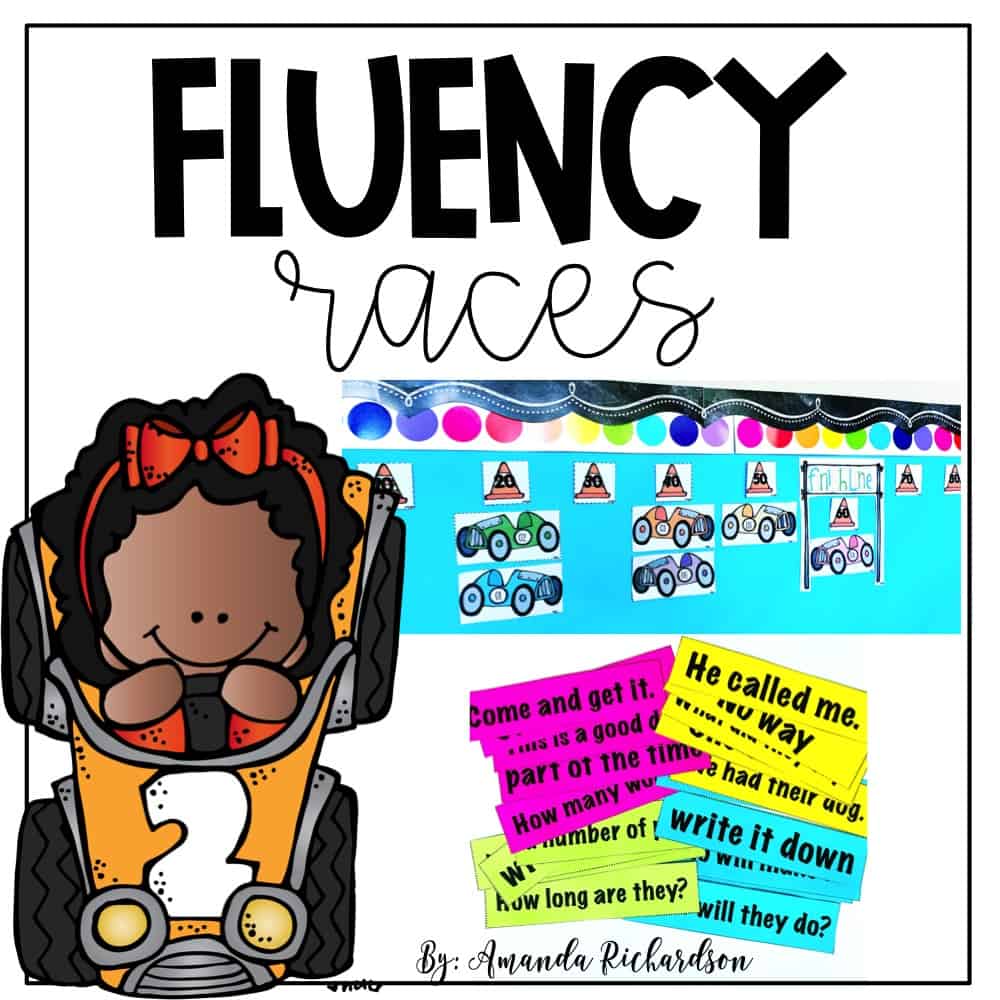
Once my student practiced with some fluency phrases during guided reading, his fluency improved. I had to remove the focus from solely accuracy and speed to also include expression. I found that when we also tracked fluency in a fun way, he (and my other students) found excitement in improving fluency. Try it out and let me know how it goes!
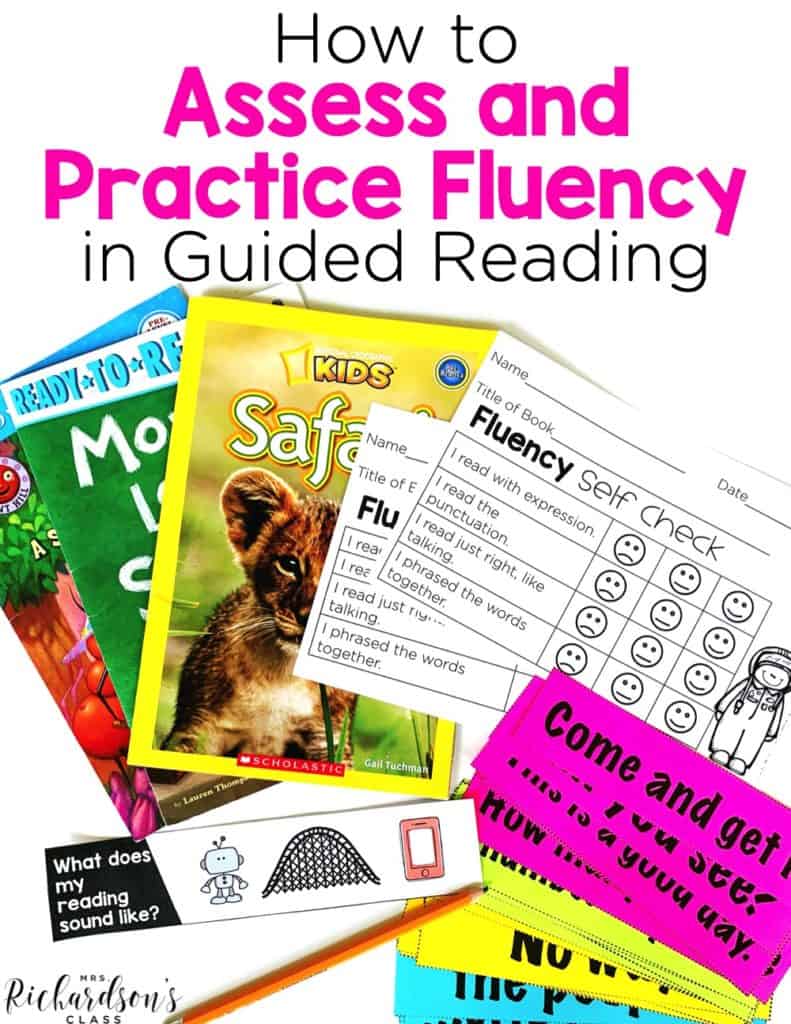

Want to use the latest research to boost your readers during small groups? This FREE guide is packed with engaging ideas to help them grow!

I’m a K-1 teacher who is passionate about making lessons your students love and that are easy to implement for teachers. Helping teachers like you navigate their way through their literacy block brings me great joy. I am a lifelong learner who loves staying on top of current literacy learning and practices. Here, you’ll find the tools you need to move your K-2 students forward!


| Cookie | Duration | Description |
|---|---|---|
| cookielawinfo-checkbox-analytics | 11 months | This cookie is set by GDPR Cookie Consent plugin. The cookie is used to store the user consent for the cookies in the category "Analytics". |
| cookielawinfo-checkbox-functional | 11 months | The cookie is set by GDPR cookie consent to record the user consent for the cookies in the category "Functional". |
| cookielawinfo-checkbox-necessary | 11 months | This cookie is set by GDPR Cookie Consent plugin. The cookies is used to store the user consent for the cookies in the category "Necessary". |
| cookielawinfo-checkbox-others | 11 months | This cookie is set by GDPR Cookie Consent plugin. The cookie is used to store the user consent for the cookies in the category "Other. |
| cookielawinfo-checkbox-performance | 11 months | This cookie is set by GDPR Cookie Consent plugin. The cookie is used to store the user consent for the cookies in the category "Performance". |
| viewed_cookie_policy | 11 months | The cookie is set by the GDPR Cookie Consent plugin and is used to store whether or not user has consented to the use of cookies. It does not store any personal data. |
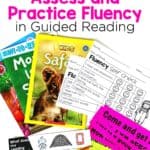
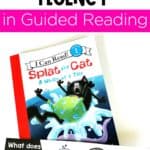
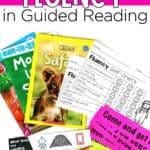
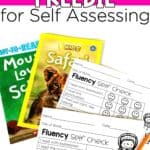
16 Responses
Thank you
Hello! Where can I purchase the fluency visual with the robot, rollercoaster and the phone? I purchased “Fluency Race” – which I’m excited about, but I was hoping to purchase that too. Thanks!
Hi Colleen! I’ll shoot you an email! 😉 -Amanda
I’d love a copy of that, too!! Thank you!
Hi Julia! I’m not sure what you are referring to, but I’m happy to help! Shoot me an email at [email protected]
I would love a copy of the fluency visuals also! Thank you
Hi Terri! Email us at hello(A)mrsrichardsonsclass.com and we will get it sent to you!
Where can I buy the fluency visual with the robot, roller coaster, and phone? I love these resources and ideas. Thanks for sharing!
Hi Cathy! It’s not for purchase. Send me an email, though! 😉 Amanda(a)mrsrichardsonsclass.com
Where can I find the “What does my reading sound like?” with the pictures of the robot, roller coaster and the phone?
Hi Allyson! Email us at hello(A)mrsrichardsonsclass.com
I would love to purchase the fluency visual robot…
Hi Linda! Email us at hello(A)mrsrichardsonsclass.com
Hello! I would a copy of the fluency visual with the robot, rollercoaster and phone! Thank you!
Vicki
Hi Vicki! Email us at [email protected] 🙂